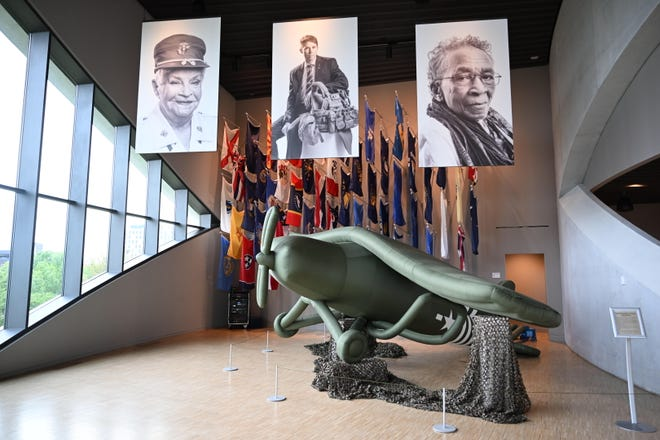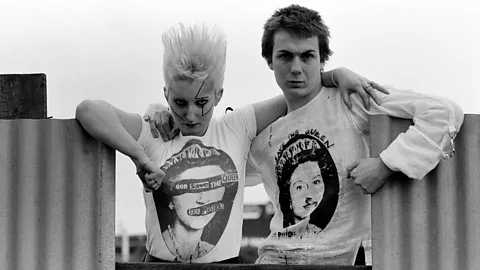At age 13, Keith LaMar was caught joy-riding in a stolen car in Cleveland. He admitted his guilt and served six months in juvenile detention.
A few years later, he was caught stealing jewelry. He plead guilty and served two years for the crime.
At age 19, in 1989, he was charged with murder in a drug deal gone wrong. He plead guilty then, too, and began serving a term of 18 years to life in prison.
Four years later, on Easter Sunday of 1993, LaMar was accused of orchestrating the killing of five fellow prisoners in Lucasville, Ohio, in what remains state’s largest-ever prison riot.
From the very beginning, he’s denied any responsibility in the uprising and the murders.
“You should know the truth,” he said in “Condemned,” a 2014 memoir that lays out his version of the 1993 events. “My hope is that the truth will set you free to demand that justice be done.”
Over the years, he’s slowly assembled advocates who believe his claim of innocence.
More recently, he’s added Cincinnatians to that network, aiming to amplify his voice with a local billboard and a connection to a show at the National Underground Railroad Freedom Center.
Their goal and his: to win a new trial and, ultimately, release from prison.
They are working against the clock. Ohio has scheduled his execution for Nov. 16, 2023.
Early life of crime
Keith LaMar, now 53, was born on the east side of Cleveland in 1969. His grandfather paid $12,000 for a house there, with earnings from what was then Republic Steel.
Growing up there, “you can go in any number of people’s homes around dinnertime and you can sit down and eat, and it was nothing strange,” LaMar said in a phone interview from the Ohio State Penitentiary in Youngstown, where he is currently incarcerated.
Life changed when he was 7 or 8 and a stepfather moved the family elsewhere in Cleveland. The stepfather was abusive, LaMar said. In the joy-riding case, the stepfather left him in detention when he could have bailed him out.
In his early teens, LaMar gravitated to crime, leaving school and living the life of a Cleveland drug dealer.
In the crime that sent him to prison – and, soon after, to the Southern Ohio Correctional Facility in Lucasville – LaMar shot and killed Kenyatta Collins, a one-time friend who tried to rob him while buying drugs.
“I was guilty of the crimes for which I was charged, and therefore willingly threw myself on the mercy of the court,” he said in his memoir. “If I was guilty of taking the lives of five people, I would have once again thrown myself on the mercy of the court.”
Instead, he plead not guilty and counted on the courts to clear his name.
“I went forward under the illusion that justice was real and that the truth, as the saying goes, would set me free,” he wrote. “Was I being naïve? Yes, yes – the answer is yes.”



































